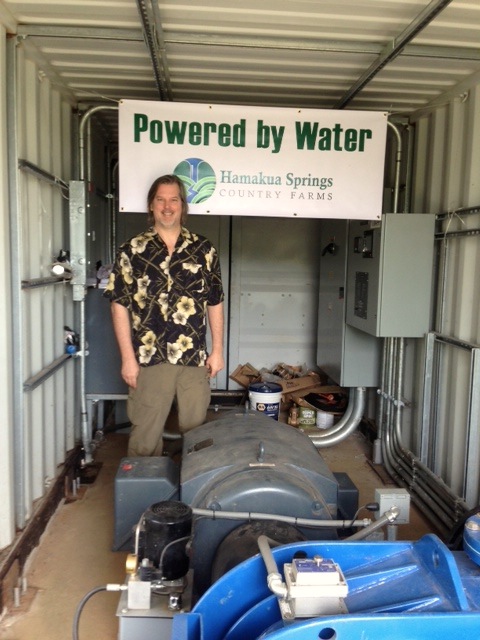Richard Ha writes:
Nate Hagens, who is a well-known authority on global resource depletion, dropped by the farm yesterday.
Nate used to work on Wall Street as a vice president at Lehman Brothers. He left that job feeling something was not right and that he needed to connect with the real world. He is extremely smart and has an abundance of common sense.
He was until recently the lead editor of The Oil Drum, which was one of the most highly respected, and popular, websites for analysis and discussion of global energy supplies, and the future implications of energy decline. He has a master’s degree in finance and a PhD in natural resources.
This short, 5 minute video shows Nate talking about why things are not going to be as easy over the next 40 years.
One thing I like about him is that he’s not on the fringe. He doesn’t proclaim that the world’s ending, but he also knows we cannot go on as before. Though he doesn’t profess to know what the future holds, he knows that our expectations have got to change because we don’t have the same amount of energy we’ve had in order to keep our same lifestyle going.
From his bio:
Nate's presentations address the opportunities and constraints we face in the transition away from fossil fuels. On the supply side, Nate focuses on biophysical economics (net energy) and the interrelationship between debt-based financial markets and natural resources. On the demand side, Nate addresses the evolution-derived underpinnings to conspicuous consumption, valuation of the present over the future, and habituation to resource overconsumption, and offers suggestions on how individuals and society can better adapt and mitigate to what's ahead.
Nate has appeared on PBS, BBC, and NPR, and has lectured around the world. He holds a Masters Degree in Finance from the University of Chicago and a PhD in Natural Resources from the University of Vermont. Previously Nate was President of Sanctuary Asset Management and a Vice President at the investment firms Salomon Brothers and Lehman Brothers.
I showed him our tomato growing operation, which he was very excited about, and took him to see the hydroelectric headworks, and to see the turbine that generates our electricity. He was really attracted to the resources we have here on the Big Island.
I wrote and asked him four questions about our local resources and what he thinks about each. When he replies, I’ll share his thoughts here.

